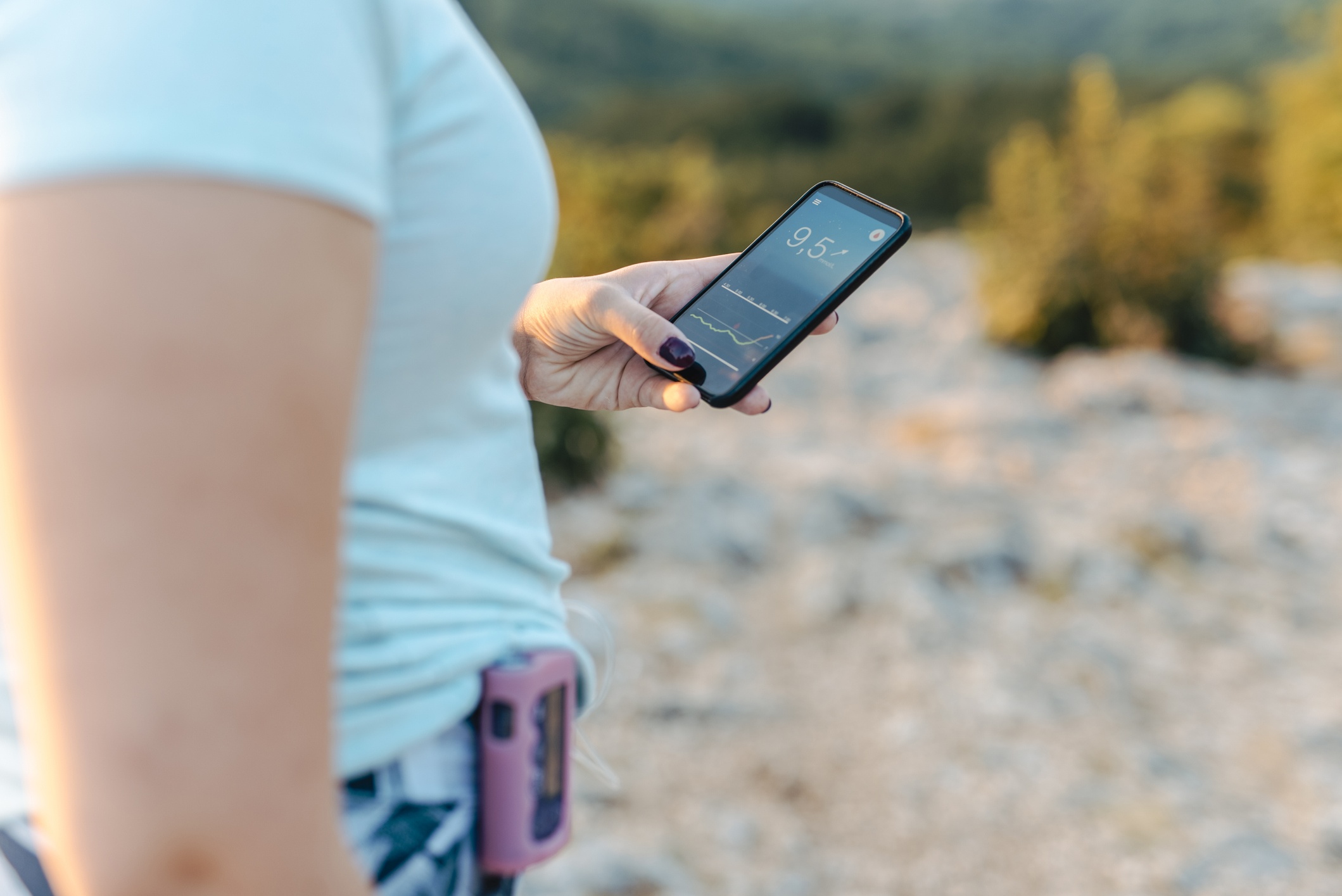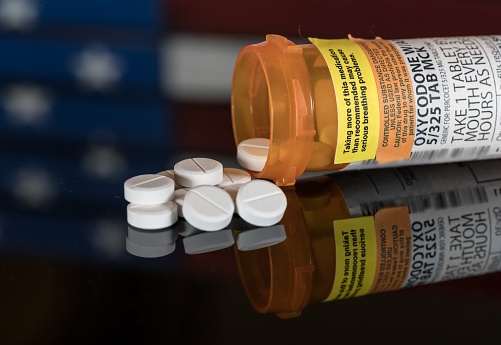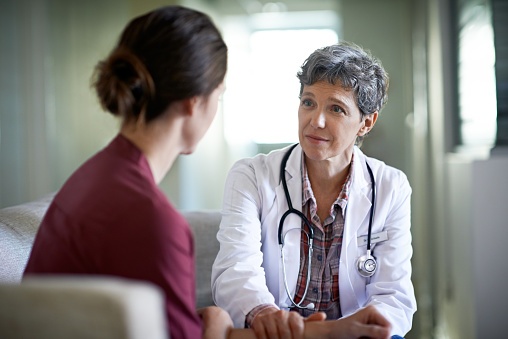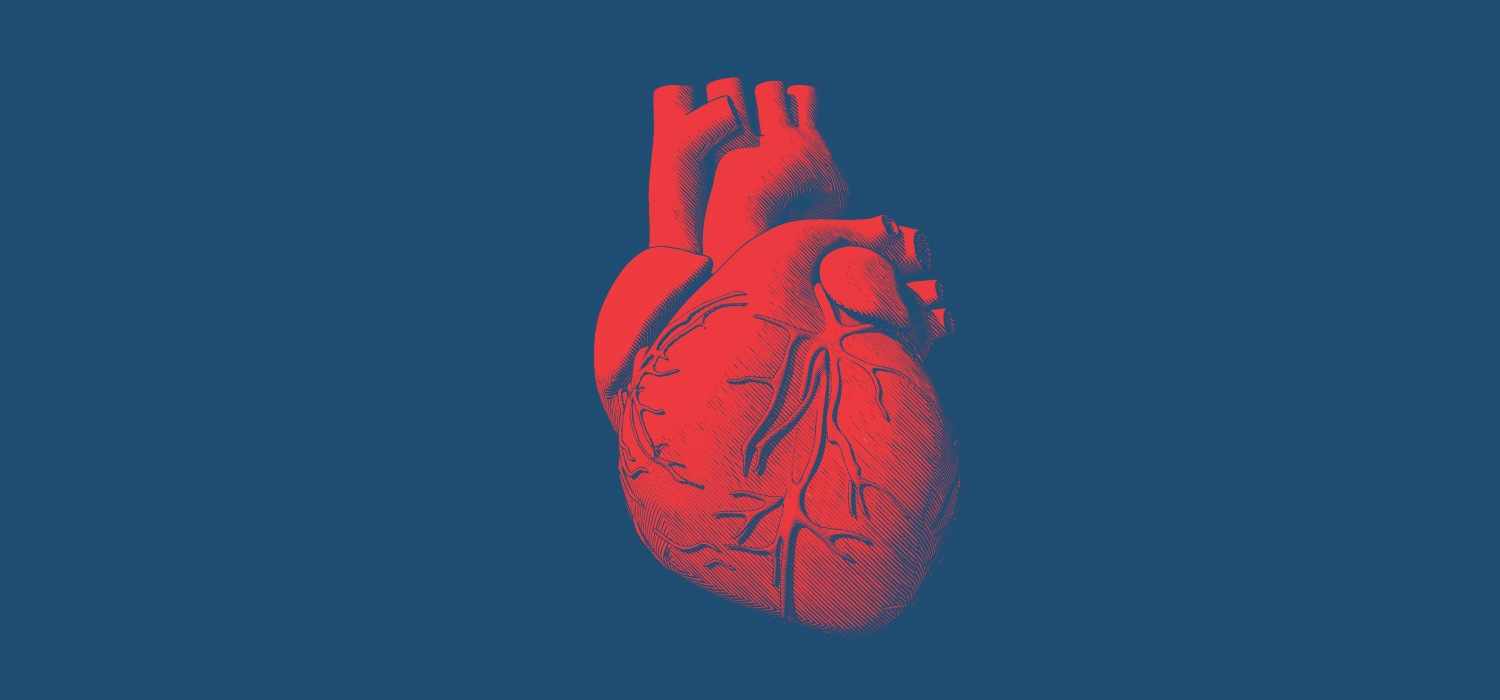
New research to be presented at ACC.19 in New Orleans suggests that a smartphone application can measure heart rate using the built-in camera on the device that can help detect diabetes.
Researchers from the University of California, San Francisco, examined whether diabetes could be detected using only photoplethysmography (PPG) signal using a convolution neural network (CNN).
“It’s a measurement that’s already readily obtained from smartphones and wearable devices to track heart rate,” said lead author Robert Avram, MD, post-doctoral fellow at UCSF Medical Center, in an ACC press release. “We’ve demonstrated that by using deep learning and a smartphone camera alone, we can also detect vascular changes associated with diabetes and with reasonable discrimination.”
The study included 54,268 individuals from the Health eHeart Study using the Azumio smartphone application. The researchers then divided the participants into separate training, development, and test datasets. According to the study results, out of the 1,440,000 PPG measurements utilized, 101,455 (7.0%) were derived from diabetic participants. A total of 1,331 (6.0%) had diabetes. AUC for the prediction of prevalent diabetes was 0.772 in the test data set.
“Diabetes can be asymptomatic for a long period of time, yet adverse vascular changes still occur silently, which can lead to cardiovascular complications. This makes it especially important for us to examine low-cost, noninvasive opportunities that make it easy to screen millions of people. To date, a noninvasive, widely-scalable screening tool for diabetes has been lacking, ”Avram said in the press release. “Based on our findings, this strategy could become a low-cost way to screen for diabetes at home because it can be derived from any optical system that has a camera and a flashlight, and most people have a smartphone.”
Avaram went on to talk about the potential that the technology can have on screening processes and diagnosis.
The potential to transition screening that’s normally done by physicians or nurses to the patient themselves through a smartphone app is a very novel concept and gives us a glimpse into how healthcare might work in the future,” he said. “We are hopeful this technology will assist with early diabetes detection. A positive screening test would still require a physician to confirm the diabetes diagnosis and establish appropriate treatment.
The research team plans to continue testing a new algorithm across two prevention clinics to further validate the study findings, as well as look at how the technology performs in patients with early or late-stage diabetes, and in different populations.







 © 2025 Mashup Media, LLC, a Formedics Property. All Rights Reserved.
© 2025 Mashup Media, LLC, a Formedics Property. All Rights Reserved.